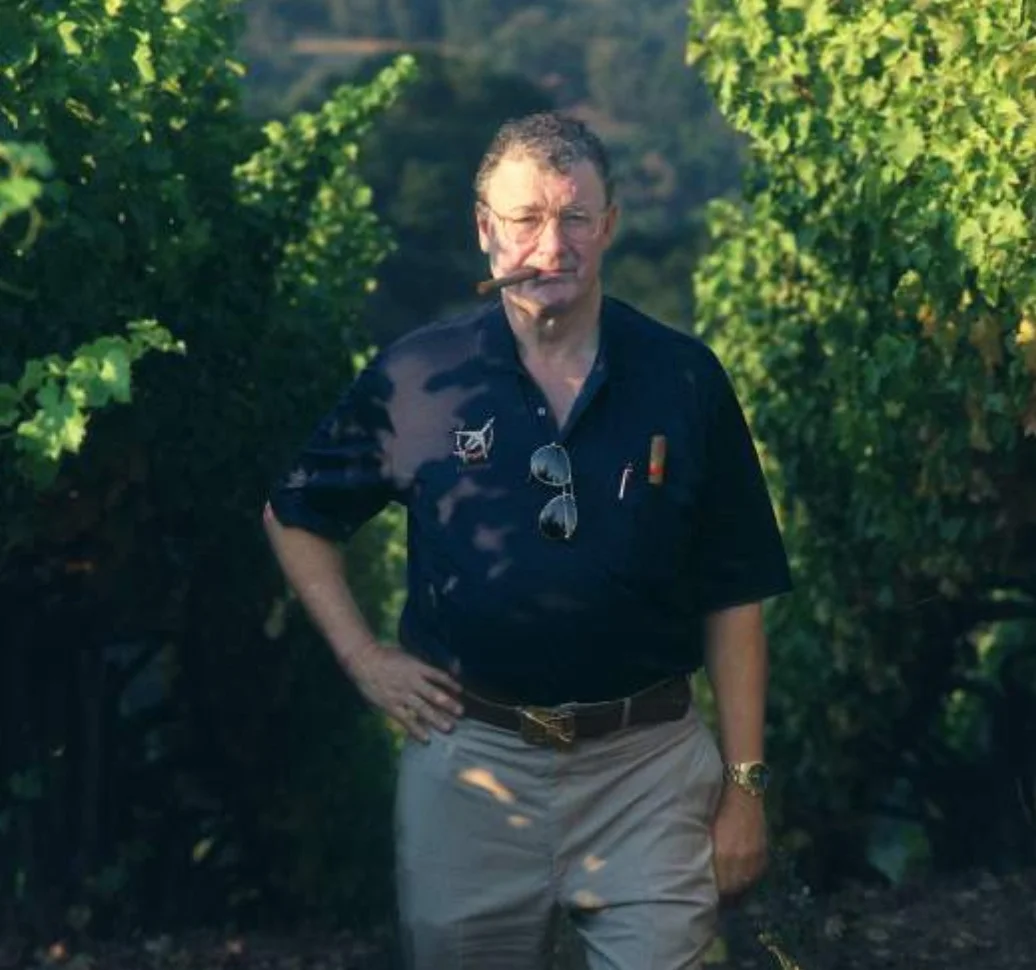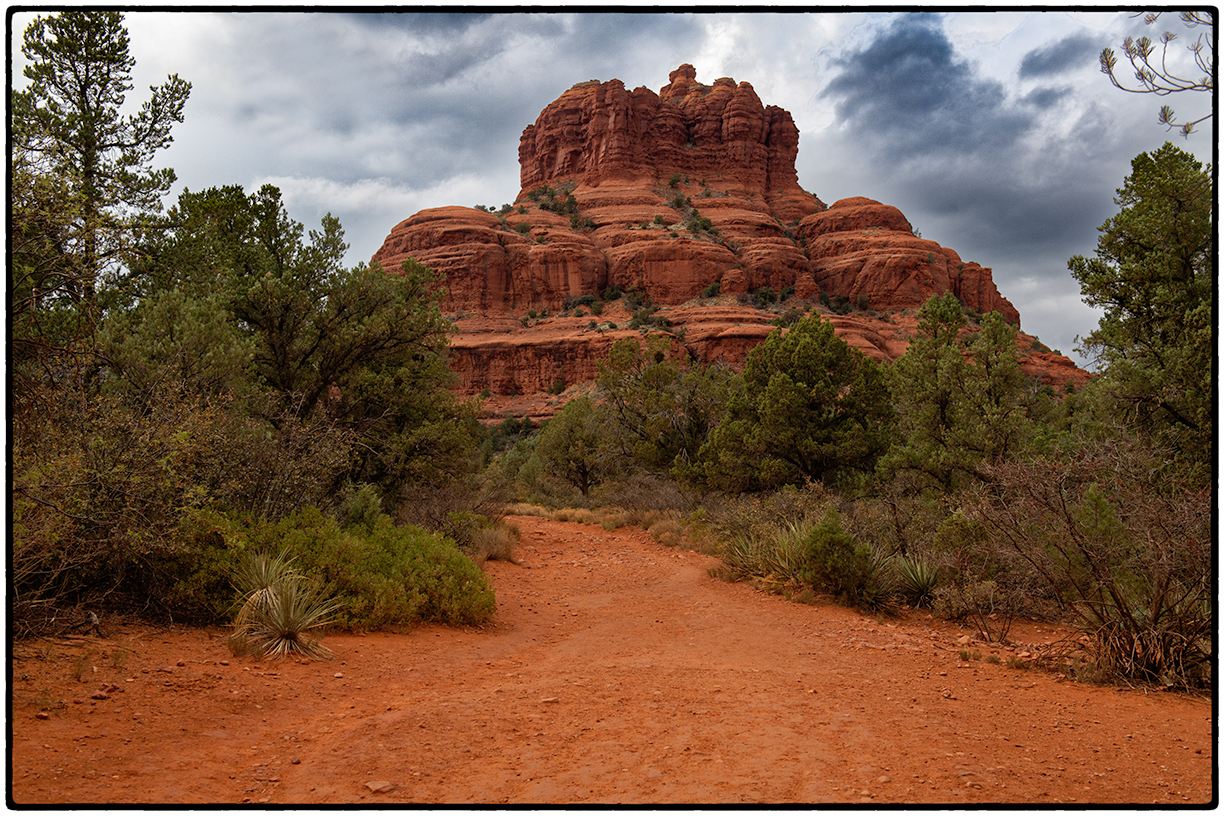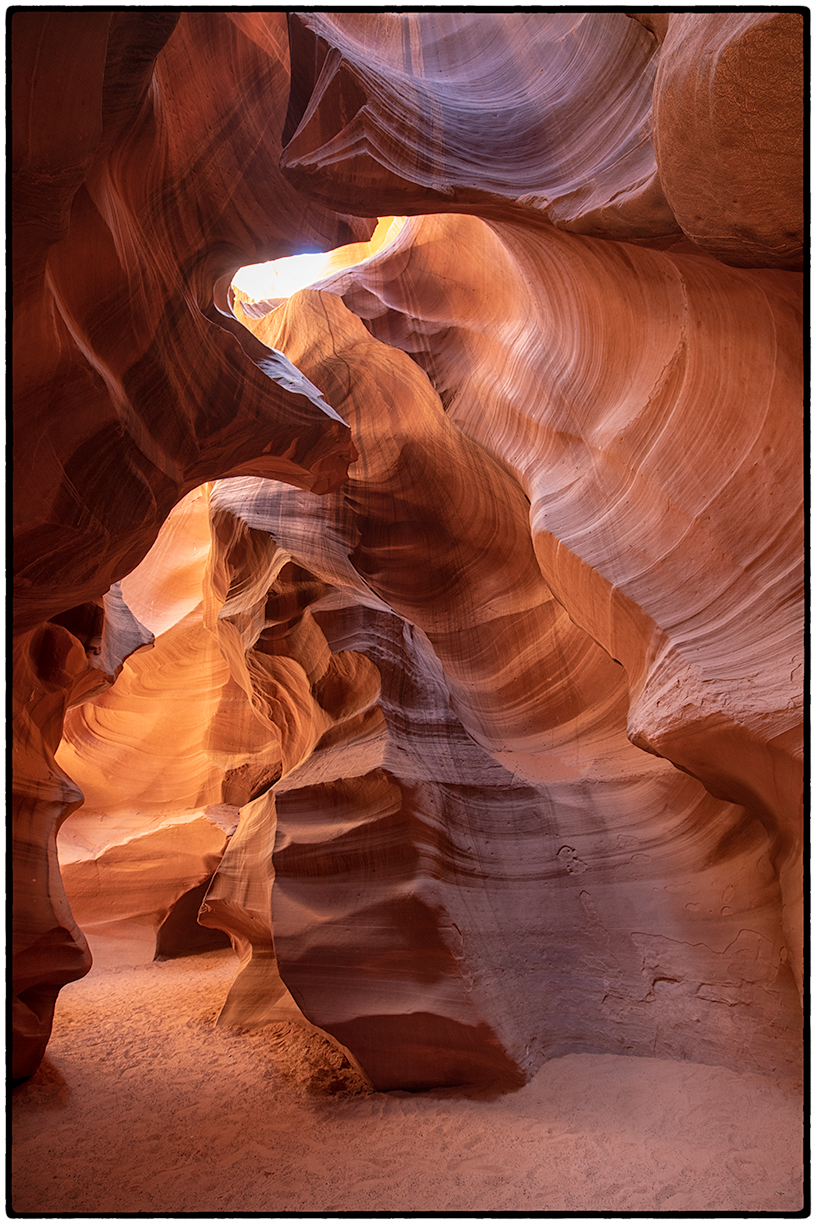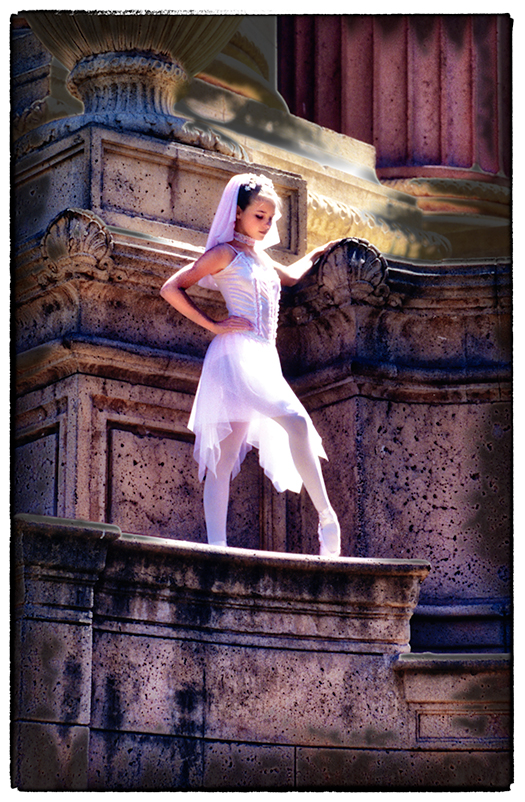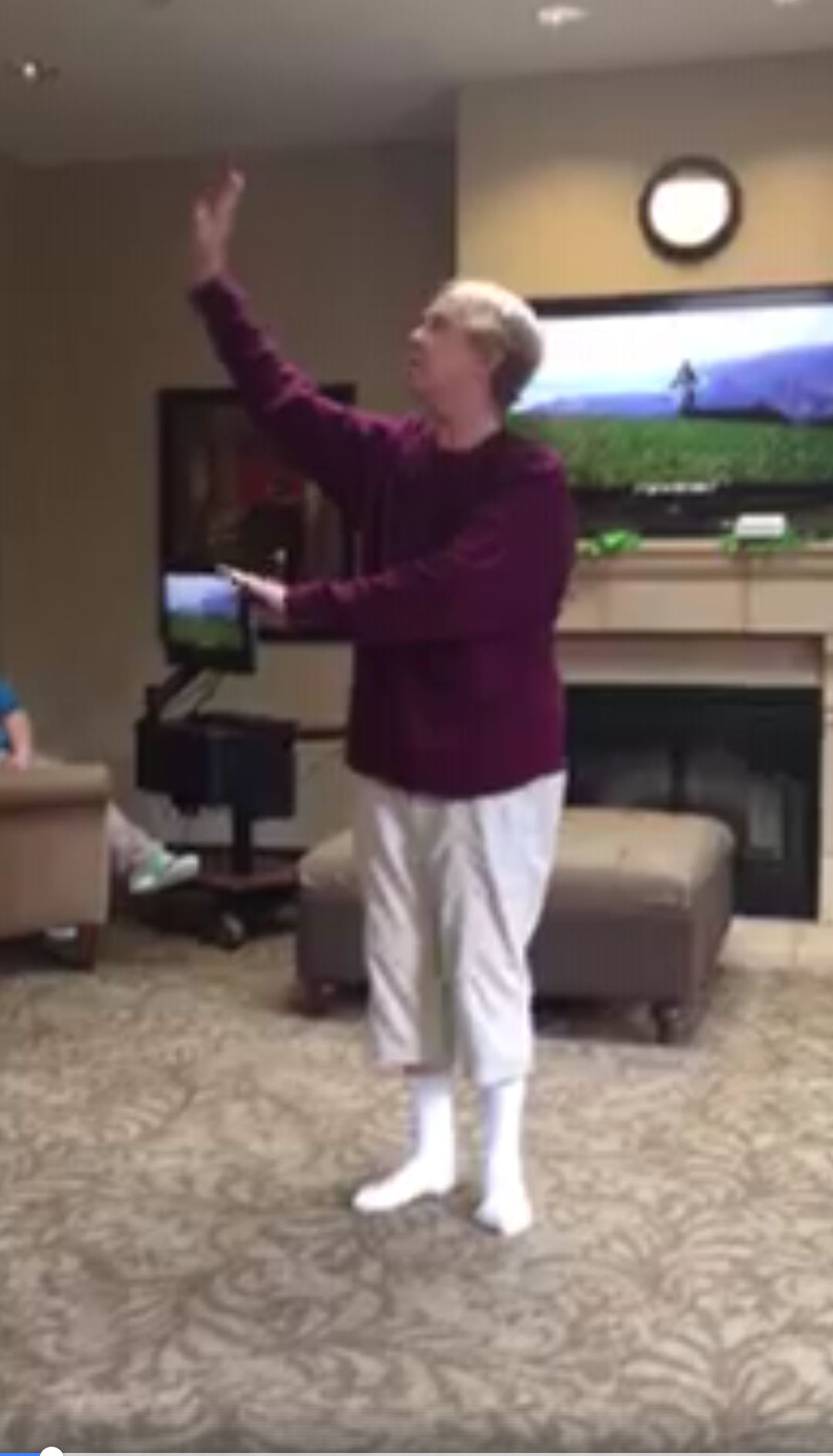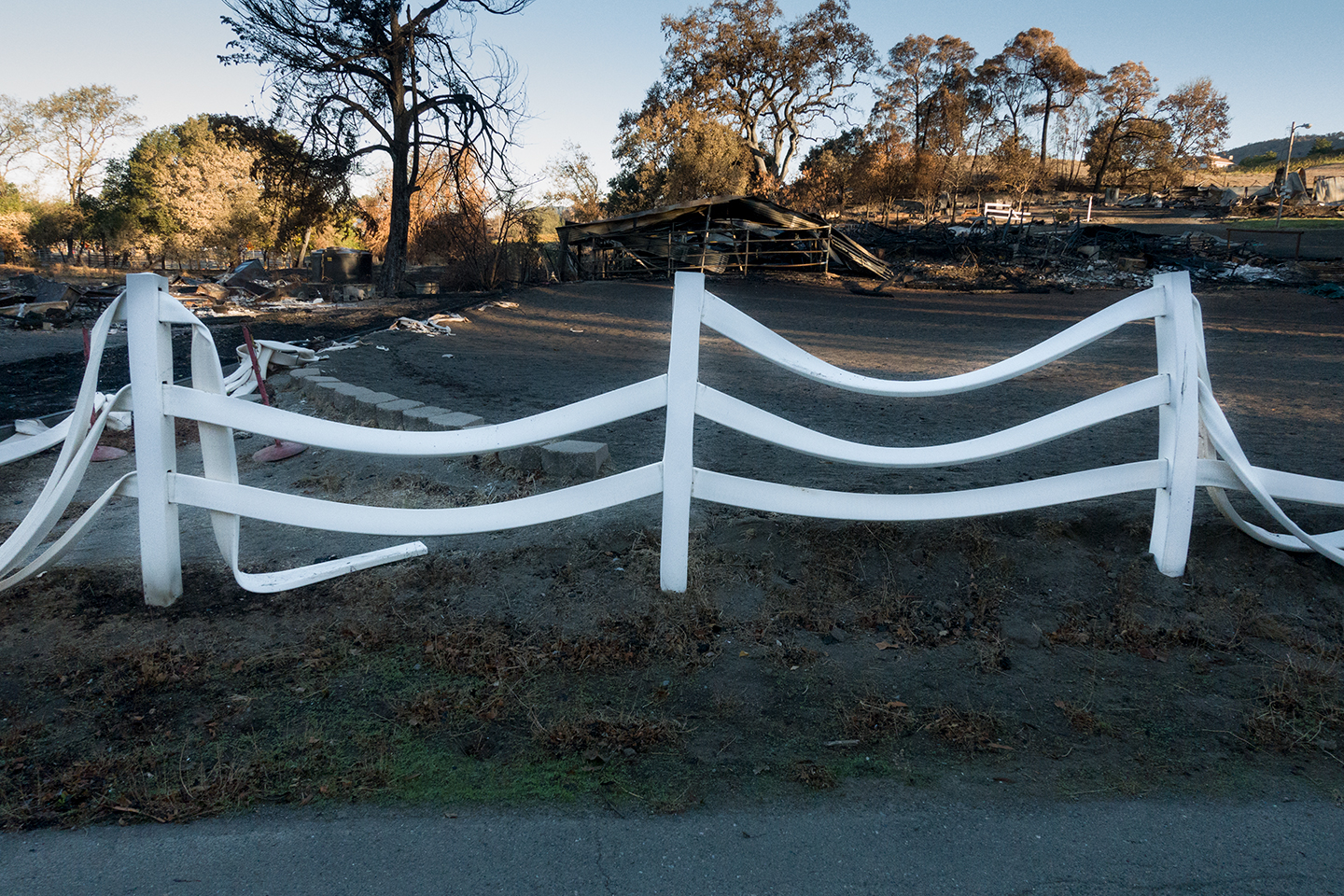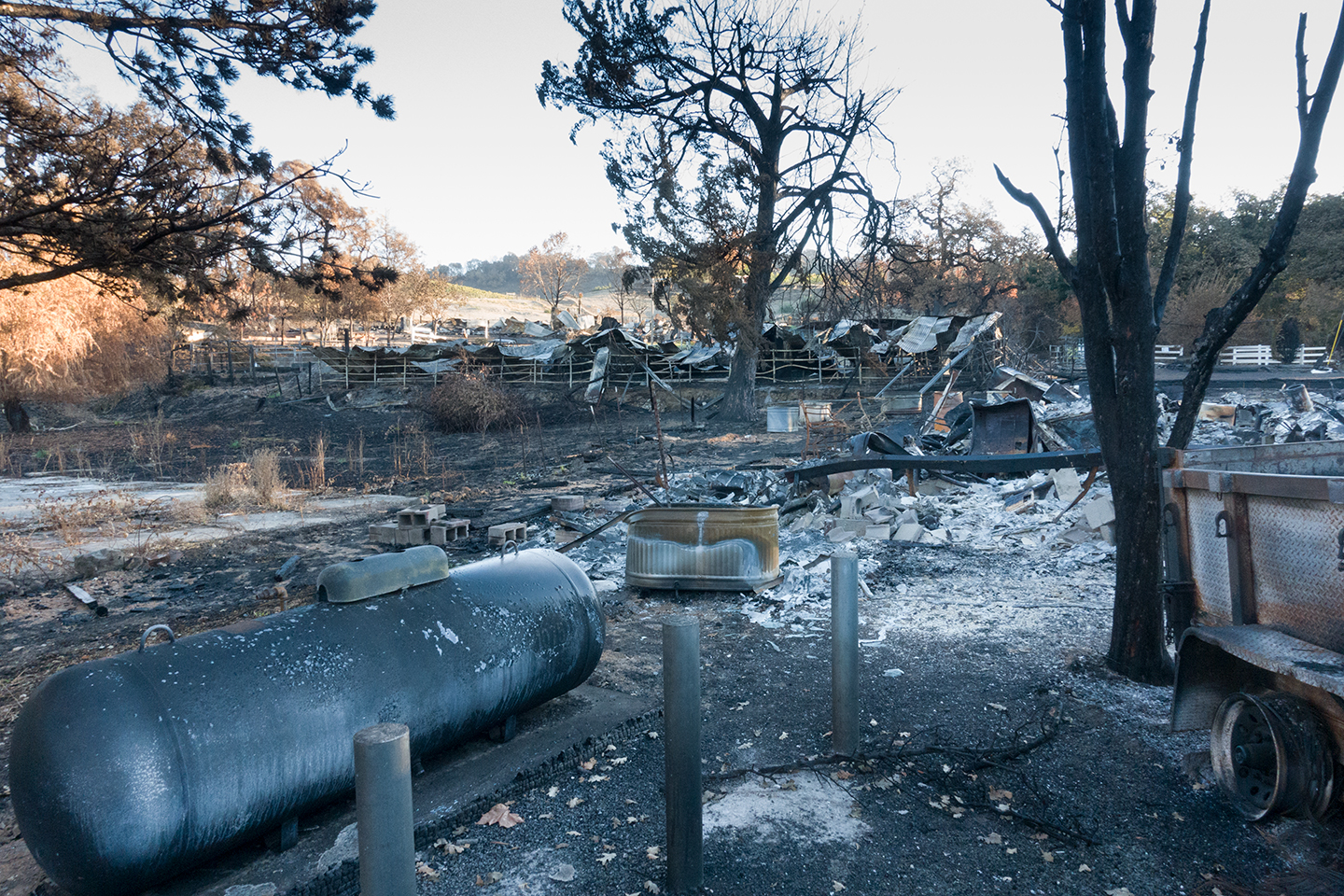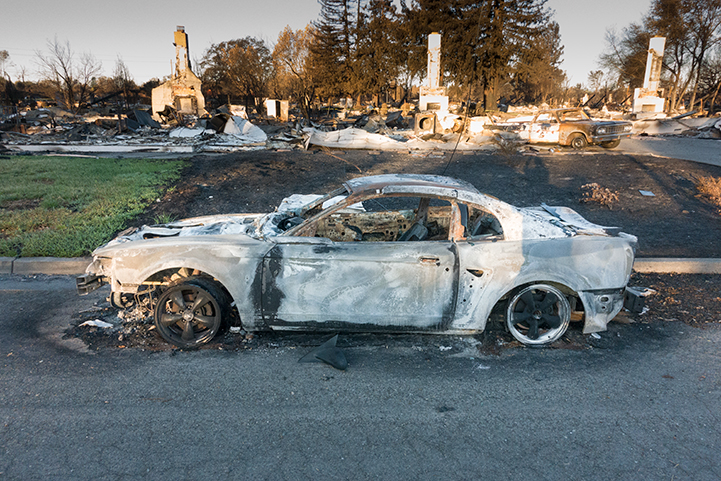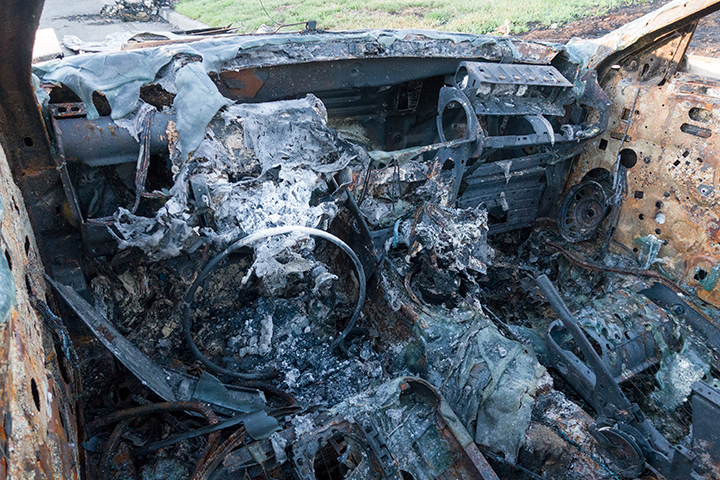Three hours and forty minutes after the lights went dim at Berkeley Rep, Jadyne and I stood to applaud the actors who had just mesmerized us with just the first half of a two part play written by Tony Kushner in the early eighties and revived and brought back to stage by Tony Taccone.
For those of that certain age who remember the AIDS epidemic, the mysterious fatal disease that was responsible for the deaths of over 7,000 people in 1985 alone, Angels in America is a somber reminder of the hopeless situation that thousands of gay Americans as well as hospitalized patients who received tainted blood transfusions faced as their friends and lovers died slow and agonizing deaths from a disease that the medical community had never seen and had no idea how to treat. Tony Kushner, the 36 year old playwright, spent time in the mid-eighties along Sonoma County's Russian River, creating this "gay fantasia", which features gay men struck by AIDS, a heterosexual man who discovers his inner gayness, and such diverse and unexpected players as attorney Roy Cohn (who died of AIDS), and Ethel Rosenberg. Three hours and forty minutes later, we were ready for Part II.
By June of 1987 AIDS activists began the NAMES project, a quilt to remember the names of the many thousands who died of AIDS. To date more than 48,000 panels commemorating the many lives lost to AIDS have been created. Two panels were on display in the lobby of the Berkeley Rep theater.
Although AIDS hasn't disappeared from the American medical landscape drugs have been discovered to prevent the spread of HIV and to prolong the lives of those who have been infected with AIDS. Berkeley Rep brought the play back to the stage because the political climate that was uninterested in helping those in need (think Reagan), is so similar to the political climate that we're facing today.
Footnote. When our son John was about ten years old he became ill, and as concerned parents we took him to the hospital. The doctor who examined him was puzzled and called in another doctor. The two doctors poured over John's test results. John was there watching. At first clearly flummoxed, the doctors conferred and came up with this conclusion: John had been vaccinated against the Mumps, but somehow had contracted it. Meanwhile John broke into tears. Before the results were in I asked him, "Why are you crying?" John's reply: "I thought I had AIDS."


